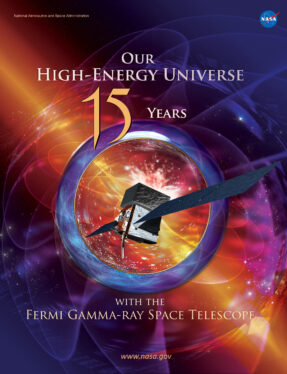NASA partners with commercial companies to provide safe, reliable, and cost-effective transportation of cargo and crew members to and from the International Space Station. A platform for long-duration research in microgravity, the station has operated continuously for more than 23 years, its crew members conducting a broad range of technology demonstrations and thousands of experiments in many scientific fields.
Human Transportation
NASA’s Commercial Crew Program provides systems capable of carrying astronauts to low Earth orbit and the space station through industry partners who design, build, test, and operate these systems. Crew members providing hands-on operation of scientific research is one of the unique advantages of the orbiting laboratory. Human operators monitor events on Earth in real time, swap out experiment samples, observe results firsthand, assess when conditions are favorable for data collection, and troubleshoot and otherwise manage and maintain scientific activities. Crew members also pack experiment samples to return to the ground for detailed analysis.
NASA commercial partner Boeing is launching NASA astronauts Butch Wilmore and Suni Williams on a Crew Flight Test of its Starliner spacecraft in May 2024. The spacecraft launches to the space station on a United Launch Alliance Atlas V rocket from Cape Canaveral Space Force Station, Florida. This mission paves the way for NASA to certify the Starliner spacecraft for long-duration rotation missions to the space station.
SpaceX, another commercial partner, conducted an uncrewed Demo-1 flight in March 2019, and in May 2020, the Demo-2 flight carried NASA astronauts Robert Behnken and Douglas Hurley to the space station. The first operational mission, Crew-1, launched in November 2020. Since then, SpaceX has regularly sent crews to the orbiting laboratory for scientific missions. The Dragon spacecraft launches on the company’s Falcon 9 rocket from NASA’s Kennedy Space Center in Florida.
NASA’s commercial crew flights have significantly increased the amount of crew time available for research and expanded the potential for commercial use of the orbiting laboratory. More crew members mean more time for scientific research and technology demonstrations, and ultimately, more scientific results. To date, results generated by space station research range from improvements in the development of pharmaceuticals to better disaster response, improved materials manufacturing, advances in robotics, bioprinting human tissue, and more.
By enabling regular rotation of crew members, commercial crew flights also contribute to research on how long-duration missions affect human health, helping to prepare for exploration missions to the Moon and Mars.
Cargo Resupply
Through NASA’s Commercial Resupply Services program, partners SpaceX and Northrop Grumman fly cargo to the space station on rockets and spacecraft the companies developed.
Northrop Grumman transports scientific investigations and cargo on its Cygnus spacecraft. The company’s first resupply mission launched in 2013 and it had reached 20 missions by January 2024. When a Cygnus departs from the space station, it disposes of several thousand pounds of waste that burn up during re-entry into Earth’s atmosphere.
Departing Cygnus spacecraft also provide safe platforms to perform research that could create hazards if conducted on the space station, such as the Spacecraft Fire Safety Experiments (Saffire). This eight-year series of investigations studied flame growth and material flammability in space. The experiments were ignited in the cargo vehicles after their departure from the station and before re-entry to Earth, avoiding potential risk to the space station and its crew.
SpaceX launched its first Dragon cargo mission in October 2012 and by March 2024, had sent 30 commercial resupply services missions to the space station. Dragon is a reusable spacecraft that also returns samples from scientific investigations conducted on the space station. Beginning in 2021, these return flights started splashing down near Kennedy rather than in the Pacific Ocean. This capability allows scientists quick access to samples to make additional observations and analyses before the effects of gravity fully kick back in. Many researchers also conduct more in-depth analysis later in their home labs.
NASA also is working with Sierra Space to develop the Dream Chaser spacecraft to transport cargo to and from the space station. The reusable, winged spacecraft is designed to use commercial runways and its cargo is subject to reduced gravitational forces on the return flight. Sierra Space conducted an autonomous atmospheric test flight in 2017.
These commercial partnerships build a strong American commercial space industry, as NASA focuses on developing the next generation of rockets and spacecraft for deep space missions and to put the first woman and first person of color on the Moon.
Melissa Gaskill
International Space Station Research Communications Team
NASA’s Johnson Space Center
Search this database of scientific experiments to learn more about those mentioned above.












